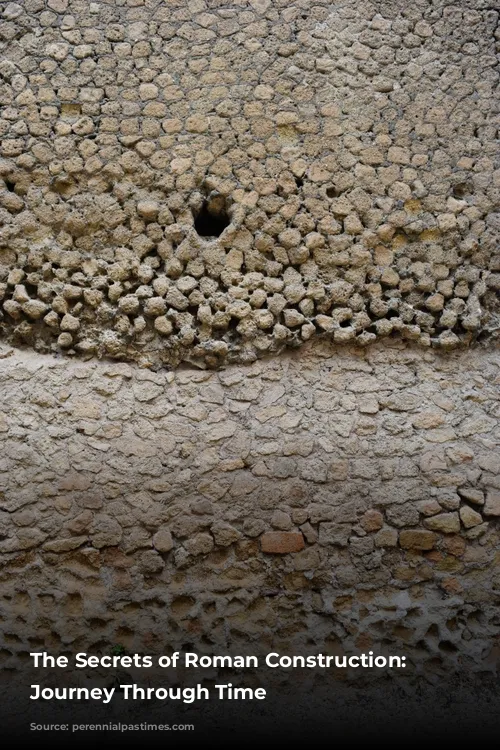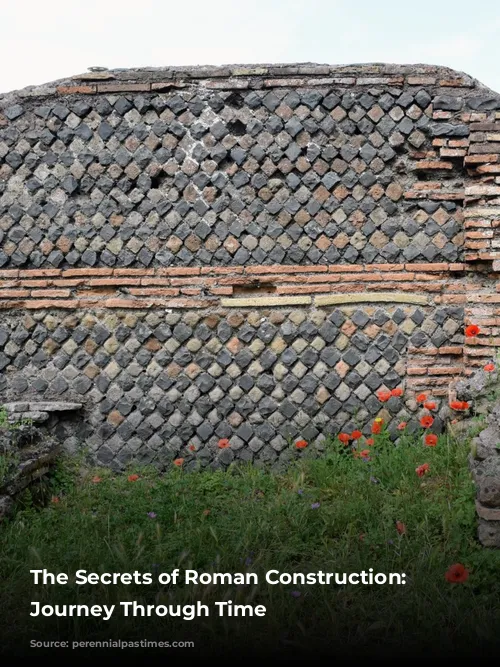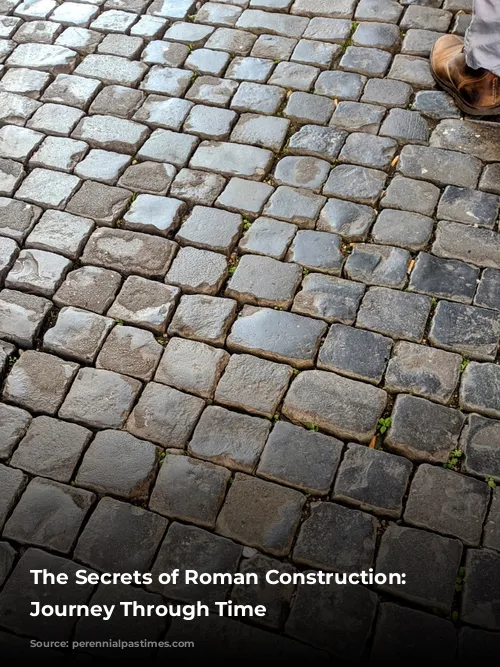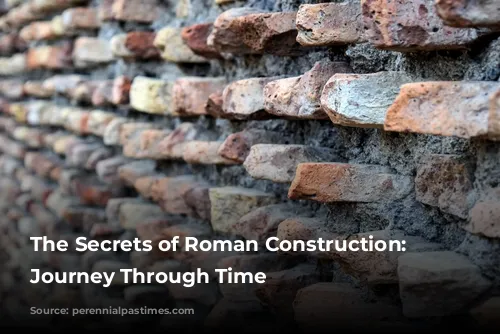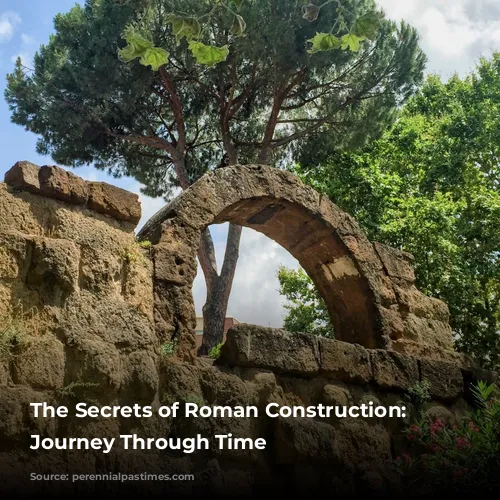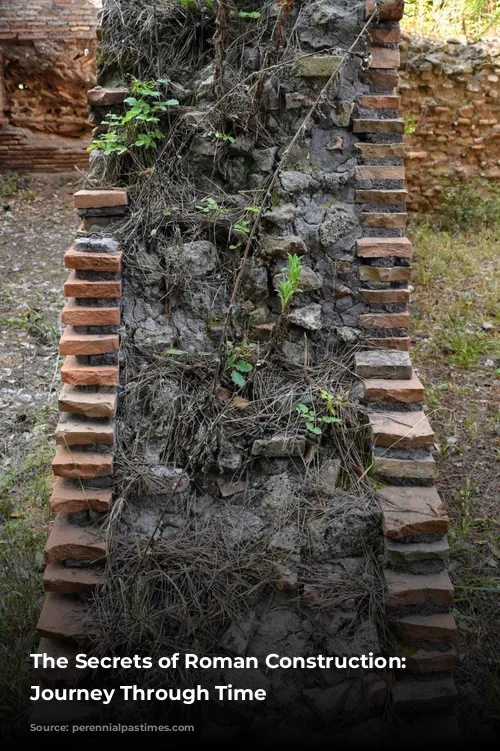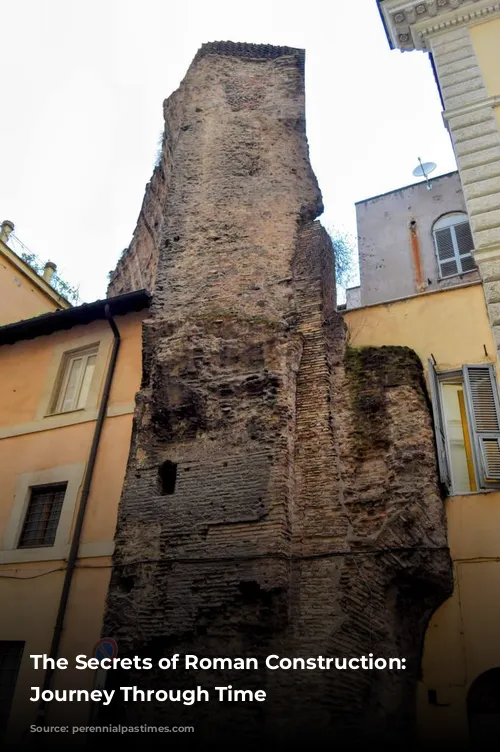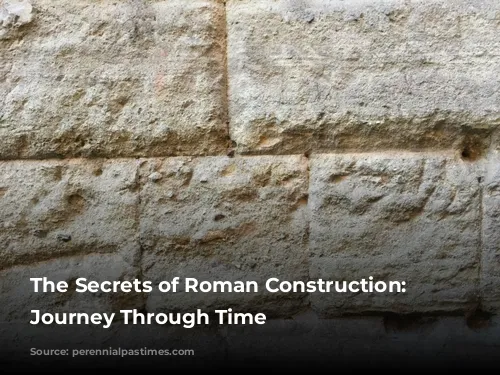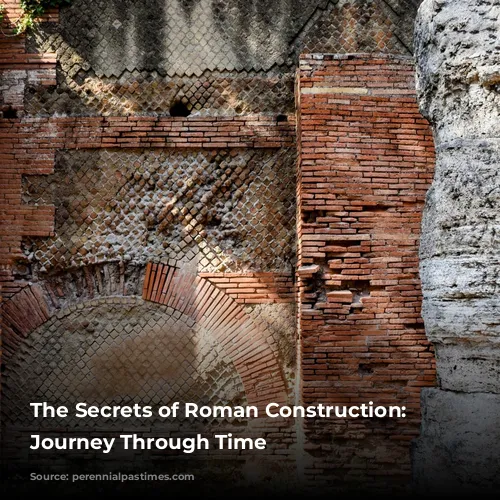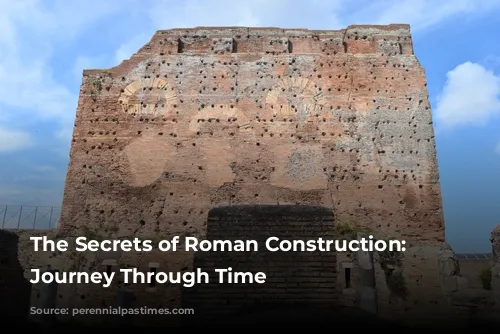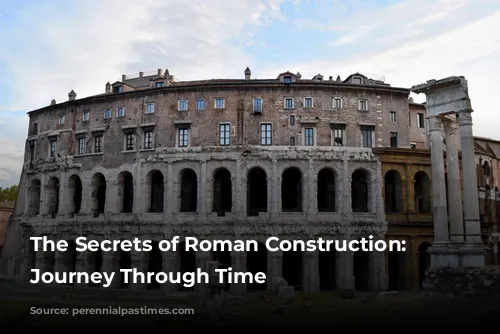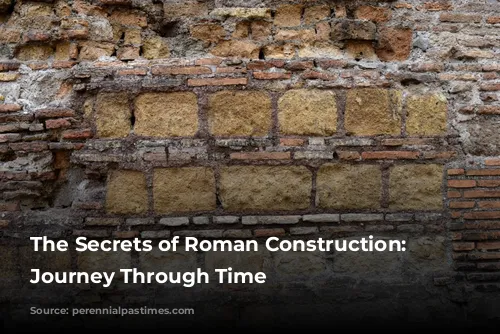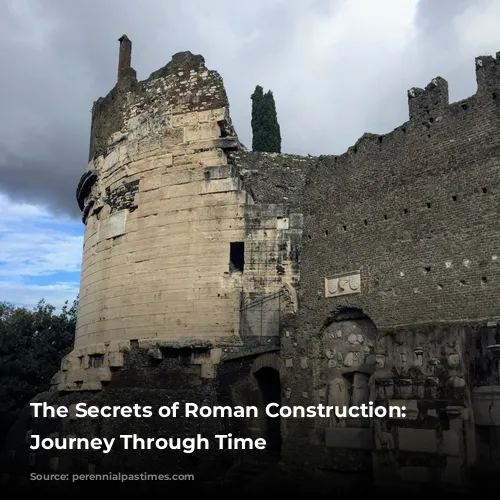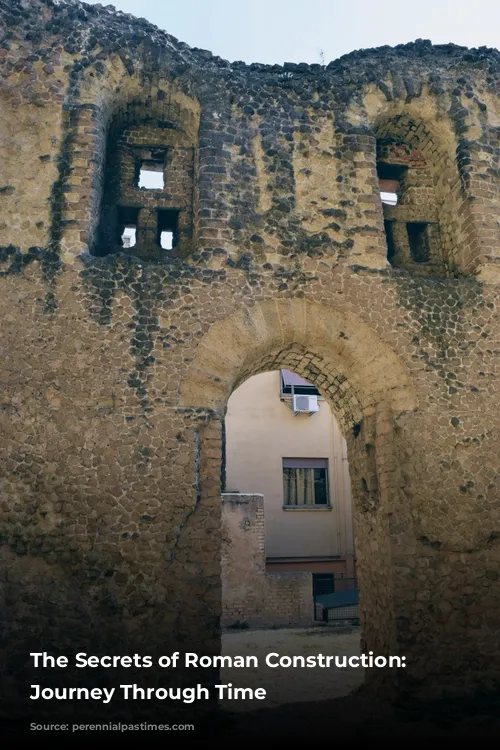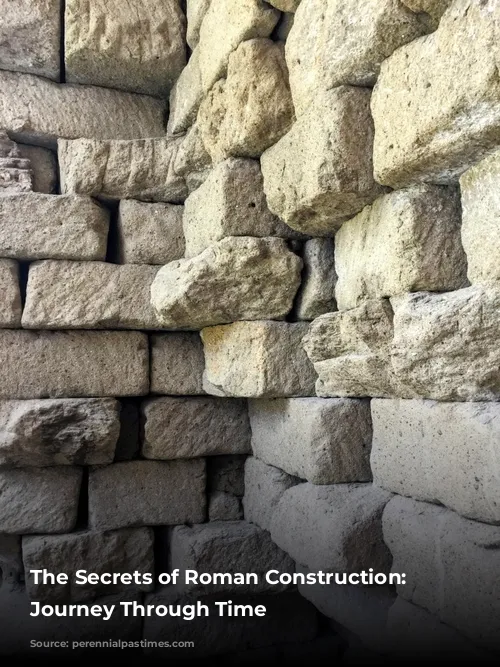Have you ever wondered how ancient Roman structures have stood the test of time for over 2,000 years? The Romans were true masters of construction, and their ingenuity is evident in the numerous remnants of their civilization that still grace the world. While many ancient structures around the globe have crumbled to dust, Roman buildings have defied the ravages of time.
The key to their longevity lies in the masterful combination of materials and techniques they employed. The Romans understood the importance of robust concrete and durable bricks, which they used in various innovative ways to create structures that were not only visually impressive but also incredibly sturdy.
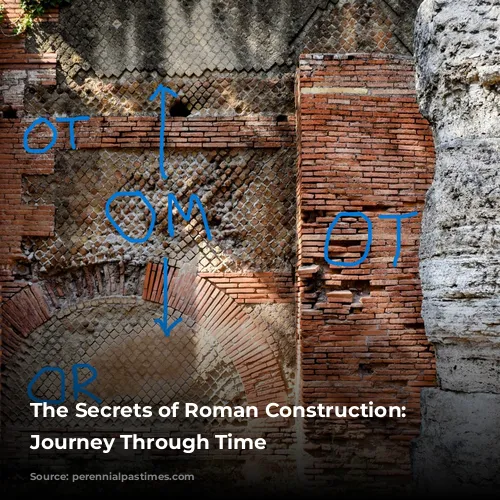
Foundations of Strength: Exploring Roman Construction Materials
The Romans were not afraid to experiment, and their journey through construction materials began with simple, yet effective, methods. Some of the earliest Roman structures showcase “dry walls,” constructed using blocks of volcanic rock known as tufa, without any mortar to hold them together. This technique, known as opus quadratum, required a high level of precision and skill. Imagine carefully cutting massive blocks of rock, hoisting them into place, and relying solely on their weight and position to maintain the structure’s integrity. That’s a true testament to the Romans’ dedication to craftsmanship!
But the Romans weren’t content with just “dry walls,” they were constantly seeking ways to improve their construction techniques. In the second century BC, they stumbled upon a revolutionary discovery: using volcanic ash (pozzolana) in concrete mixtures, resulting in a stronger, more weather-resistant material. This super concrete, known as opus caementicium, transformed Roman construction.
The core of walls was often made of concrete, then covered with stone or brick, and finally finished with stucco, paint, or polished marble veneers. This layering of materials created both strength and beauty, ensuring the lasting legacy of Roman structures.
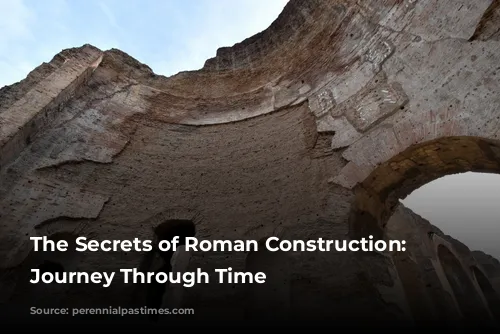
Bricks, Stones, and Patterns: A Symphony of Roman Construction
While the Romans were known for their concrete, brick was another integral part of their building repertoire. Although fired bricks had been used elsewhere, the Romans embraced them fully, starting with the construction of the Theatre of Marcellus and the Tomb of Caecilia Metella.
The Romans didn’t simply use bricks for basic construction, they incorporated them into a variety of techniques. One common method was opus testaceum, which involved facing the concrete core of a wall with rows of bricks. Another fascinating technique was opus reticulatum, where small, pyramid-shaped tufa blocks were used to create a diamond or net-like pattern on the wall.
The Romans were true masters of mixing and matching materials and techniques. A combination of bricks and tufa blocks, known as opus vittatum, allowed for unique and aesthetically pleasing patterns. Even in opus mixtum, where different techniques were combined, the Romans ensured structural integrity while maintaining a visual appeal.
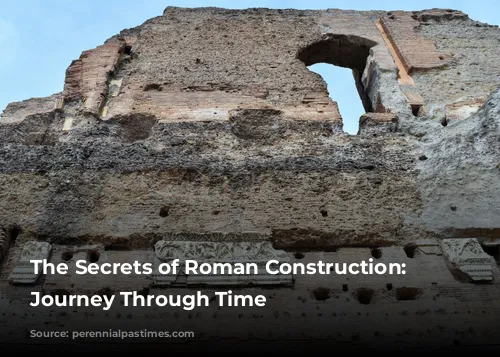
Beyond the Walls: Unveiling Roman Architectural Delights
The Romans went beyond simple walls, incorporating intricate arches and openings into their structures. Relieving arches, built into tall walls and above doorways or windows, served to distribute weight and ensure structural stability.
The Roman Empire left behind a treasure trove of architectural wonders, and understanding their construction techniques allows us to appreciate their ingenuity and dedication to building for the ages.
As you wander through Rome or discover Roman ruins elsewhere in the world, remember the stories etched into the stones, the secrets whispered by the bricks, and the enduring legacy of Roman construction. Each wall, each arch, each intricate pattern holds a testament to the Romans’ unwavering spirit of innovation and craftsmanship.
